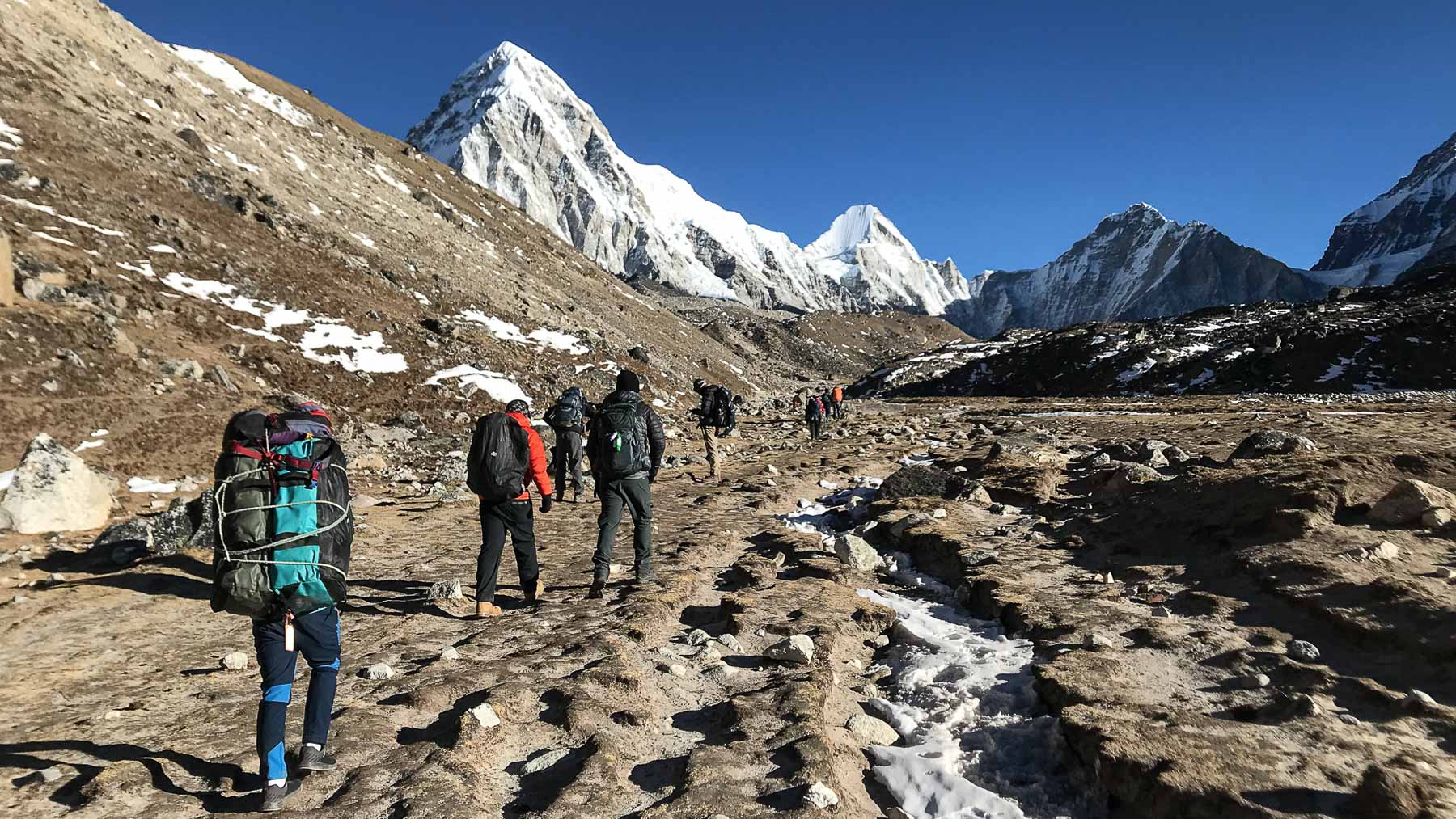If you’re thinking about Everest Trekking, you have probably heard of Mount Everest, Mt. Lhotse, Mt Nuptse, and Mt Amadablam. All of these mountains are very spectacular, and a trek to the top of the world is definitely a life-changing experience. You can read more about these mountains in this article.
Mount Everest
When it comes to Mount Everest trekking, it is advisable to bring some basic supplies with you. You should have a good pair of shoes and a good first aid kit in case of an accident. You will not find much medical assistance in the villages. Make sure that you carry Diamox and lip balm in case of altitude sickness. It is also essential to carry extra water bottles.
Different parts of the world refer to Mount Everest by different names. For example, in Nepali and Sanskrit, the mountain is called Sagarmatha. The name Sagarmatha means “Peak of heaven”. Chomolungma is another name, meaning “Goddess of the World.”
Mt Lhotse
Everest Trekking Mt Lhotsé is a challenging mountaineering journey in the Himalayas. It is also a demanding logistical adventure, as Sherpa guides and porters have to haul supplies up the mountain. Once at base camp, clients wait while the Sherpas set up fixed lines to reach the summit. The summit program is highly dependent on the weather.
To reach the summit, you need to spend about a month in the higher altitude region. The trip to the Lhotse camp starts from Lukla. It takes about one and a half hours from base camp. From there, it is a 45-50m slope gorge. You should be able to hike this distance in a few hours at a moderate pace.
Mt Nuptse
If you’re planning a trip to Everest, you’ll want to consider doing a Mt Nuptse Expedition. This expedition will get you acclimatized to the altitude and offer some of the best views of the mountain. You’ll see Lhotse and Chukung Peaks from your base camp, as well as Imja Tse (6891m). And from the ridge above camp, you’ll also see massive glaciers under the cliffs.
Mount Nuptse is 7,816m and lies in the Khumbu region of the Mahalangur Himal, only two km to the west of Mt. Everest. It was first summited by a British expedition in 1961 under the leadership of Joe Wamsley. Since then, many climbers have attempted and succeeded in reaching the summit. Climbers often climb Nuptse to improve their skills before climbing Everest.
Mt Amadablam
The trek to Mount Amadablam’s base camp is located in the Everest region and is considered easy. However, it requires a medically trained guide. It also requires a large crew and porters to keep the group safe. If you plan to climb Mount Amadablam, it’s recommended to bring an oxygen cylinder along.
If you’re looking for an adventurous adventure, the Ama Dablam Expedition is for you. It’s the third highest Himalayan peak and a favorite among mountaineers. It’s also a good opportunity to visit exotic Sherpa villages. Ama Dablam’s name means “mother” or “necklace”. It is named after the necklace traditionally worn by Sherpa women. The trek begins with a flight from Kathmandu to Lukla, which is the gateway to Mt. Everest.
Mt Pumori
Mount Pumori is the second highest peak in the world and one of the most difficult climbs during Everest Trekking. Climbing Pumori requires a high degree of technical skill and acclimatization in order to survive the extreme weather conditions at high altitude. There is also a high risk of avalanche. For this reason, it is important to be well prepared for the trip and acclimatize thoroughly.
A route to the summit of Mt. Pumori begins at the base camp at 5,300 meters and continues up the Southeast buttress to the East Ridge. This route is moderately technical and includes sections of exposed rock and ice. The climb starts from the base camp beside a lake and offers excellent views of Mt. Everest and the surrounding area.
Sagarmatha National Park
The park is home to rare species of wildlife. You can see Himalayan black bears, red pandas, musk deer, and martens. The park also protects over one hundred species of birds. While in the park, you can see the majestic Mt. Everest (8,848 meters) and its sister peaks, such as Makalu (8201 meters) and Ama Dablam (81212 meters).
Sagarmatha National Park is in the Khumbu region of Nepal. It is a UNESCO-listed Natural World Heritage Site. It covers an area of 1148 square kilometers and ranges in altitude from about 2,000 to six thousand meters. It also borders the Qomolangma National Nature Preserve and the Dudh Koshi River. The park was inscribed as a World Heritage Site in 1979.

